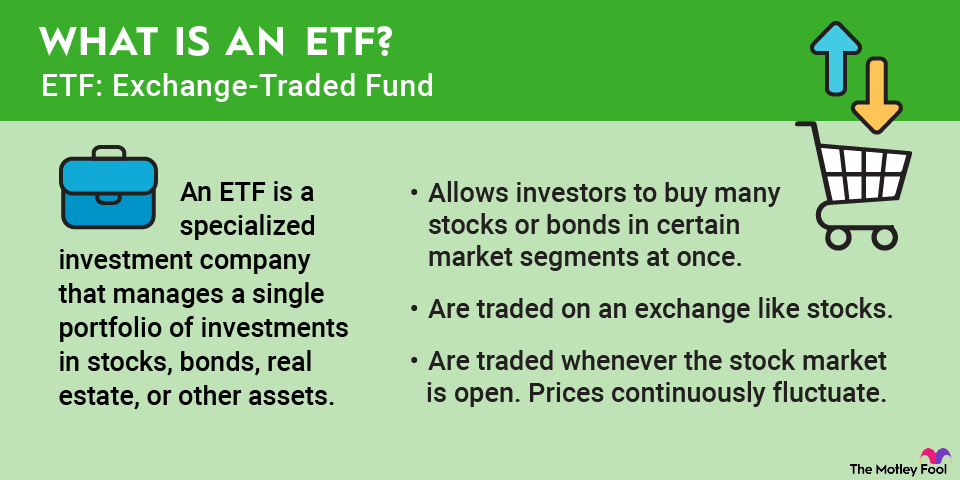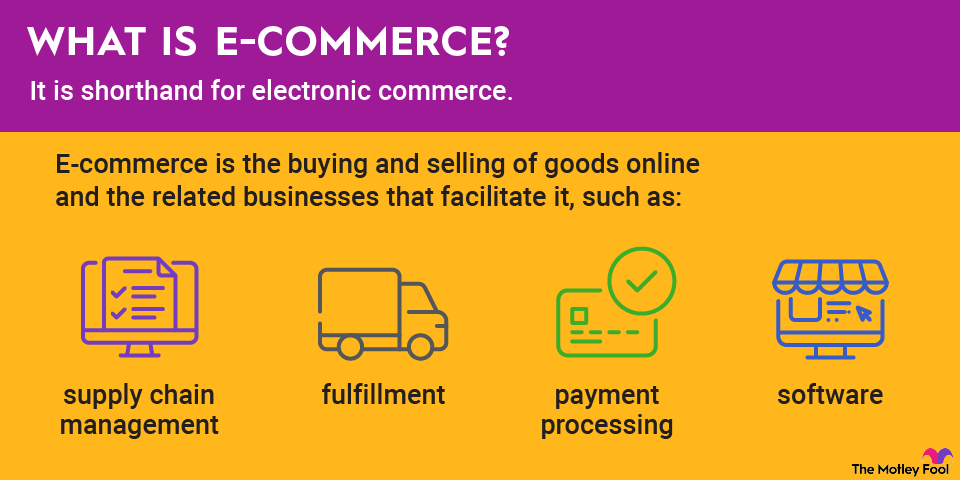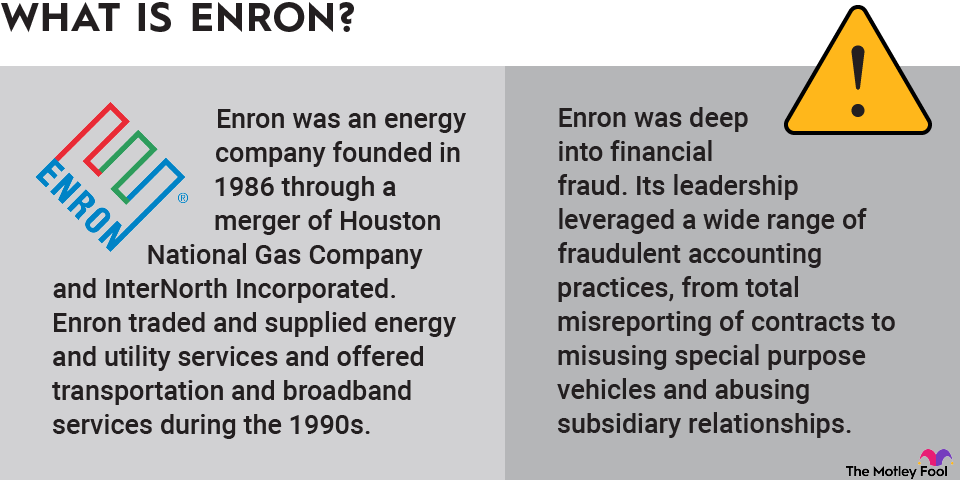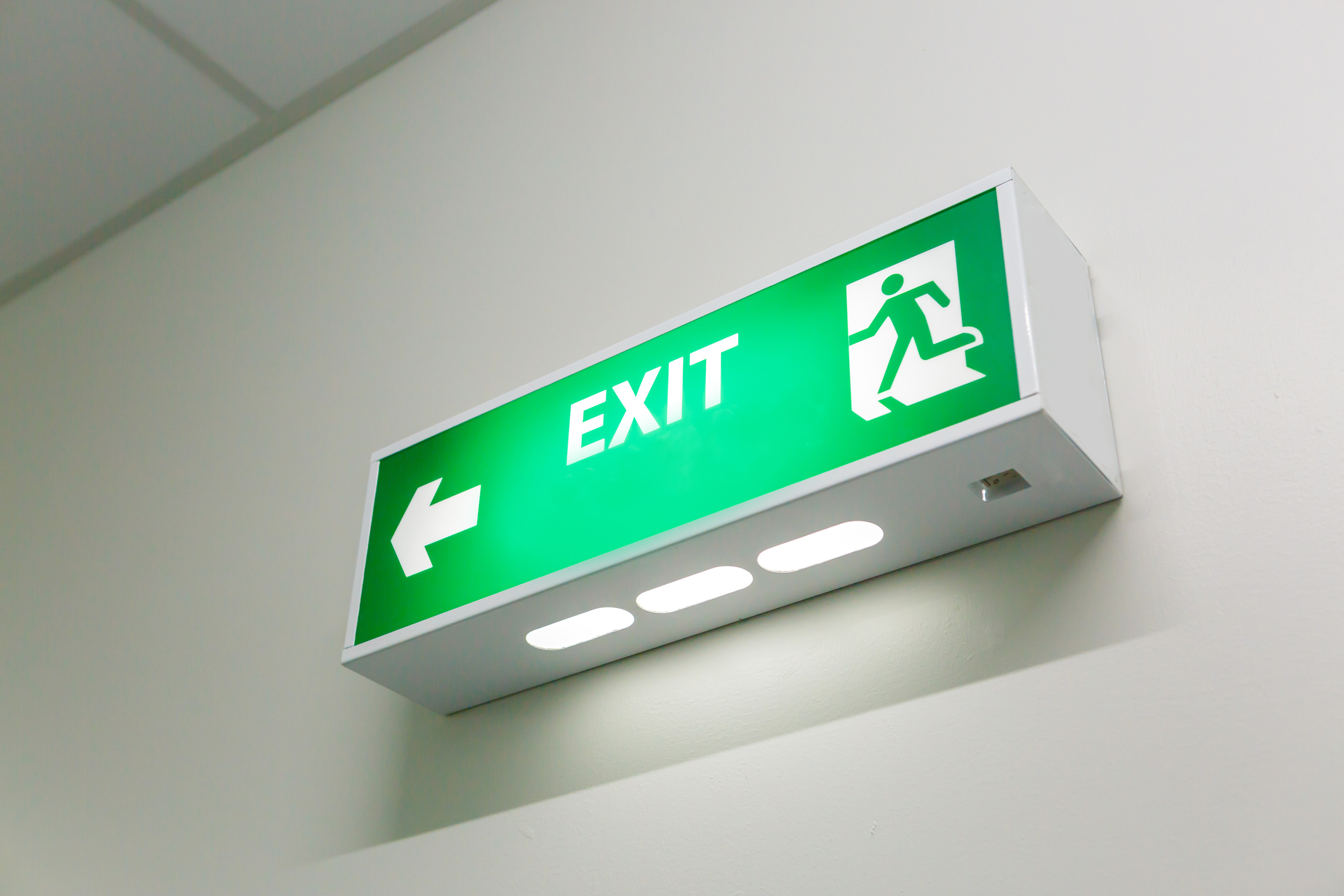Using orders in an exit strategy
There are a number of orders you can use to implement an exit strategy. The most common and simplest involves placing a market order. Your investment will be sold, although not necessarily at the price you immediately wanted.
- If there’s a minimum price that you’re absolutely set on, you can use a limit order. You’ll sell some or all of your investment if the price hits the minimum. The price might not be reached -- but if it is, the stock will sell at the minimum price that you set.
- You may also consider a stop-loss order. If your investment drops to a certain level, it will turn into a market order and sell as quickly as possible. Keep in mind that a stop-loss order won’t guarantee that you will avoid a financial beating if the stock suddenly plunges.
- Take-profit orders are basically the opposite of stop-loss orders. If your investment hits a point that you think is at its peak, it also converts to a market order and is then sold.
- Finally, a conditional order -- also called a bracket order -- lets you have both a limit order and a stop order, giving you the opportunity to lock in profits and limit losses in a single order.
An exit strategy is the epitome of hoping for the best but planning for the worst. A buy-and-hold strategy is still the best, most proven strategy for building wealth, but even the most patient investors know that there are times when it makes sense to unload an investment. Creating an exit strategy will provide you with a plan that’s ruled by your long-term goals instead of emotions.



















